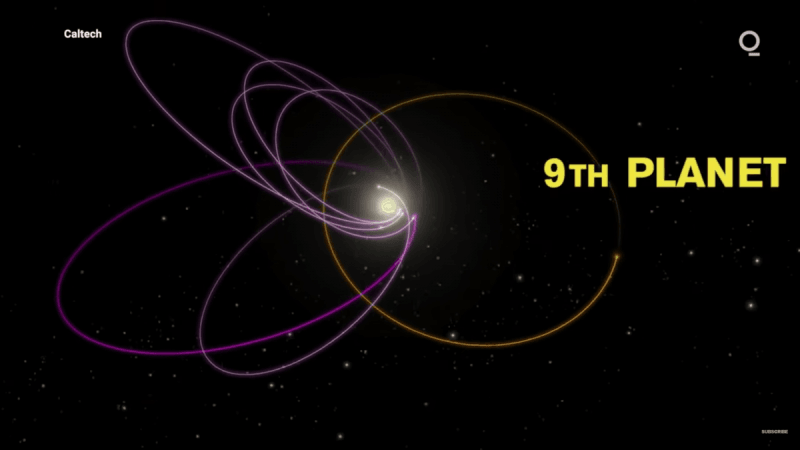A team of astronomers who scammed about 87 per cent of the southern sky have found no trace of Planet Nine in our solar system yet.
Pluto, discovered in January 1930, was earlier known as the Planet Nine. However in 2006, astronomers reclassified Pluto as a dwarf planet.

While astronomers continue to suspect that there might be a previously unknown Planet 9 in the distant solar system, the new search at millimeter wavelengths has failed to find any convincing candidate.
Led by Sigurd Naess of the Institute of Theoretical Astrophysics at the University of Oslo, astronomers traced the planet using data from a 6 metre Atacama Cosmology Telescope (ACT) in Chile.
Although ACT was designed to study the cosmic microwave background radiation, its relatively high angular resolution and sensitivity makes it suitable for this type of search.
The astronomers scanned about 87 per cent of the sky accessible from the southern hemisphere over a six year period, and then processed the millimeter images with a variety of techniques including binning and stacking methods that might uncover faint sources but at the expense of losing positional information.

"The search found many tentative candidate sources (about 3,500 of them) but none could be confirmed, and there were no statistically significant detections," the team said in a statement.
"The scientists, however, were able to exclude with 95 per cent confidence a Planet 9 with the above-estimated properties within the surveyed area, results that are generally consistent with other null searches for Planet 9," it added.
Astronomers are also of the view that a ninth planet previously undiscovered must be lurking in the outer reaches of the solar system, perhaps in the giant Oort cloud of objects that begins hundreds of astronomical units (au) from the Sun and extends outward.
According to estimates, the speculative "Planet 9," would be about 5-10 Earth-masses in size and orbit about 400-800 au from the Sun.
But, "a planet at this distance would be extremely difficult to spot in normal optical sky searches because of its faintness, even to telescopes like PanSTARRS and LSST", the team noted.
While the new results cover only about 10-20 per cent of the possibilities, other sensitive millimeter facilities are coming online and should be able to complete this search for Planet 9 as hypothesised, the astronomers noted.





!['Had denied Housefull franchise as they wanted me to wear a bikini': Tia Bajpai on turning down bold scripts [Exclusive]](https://data1.ibtimes.co.in/en/full/806605/had-denied-housefull-franchise-they-wanted-me-wear-bikini-tia-bajpai-turning-down-bold.png?w=220&h=138)



